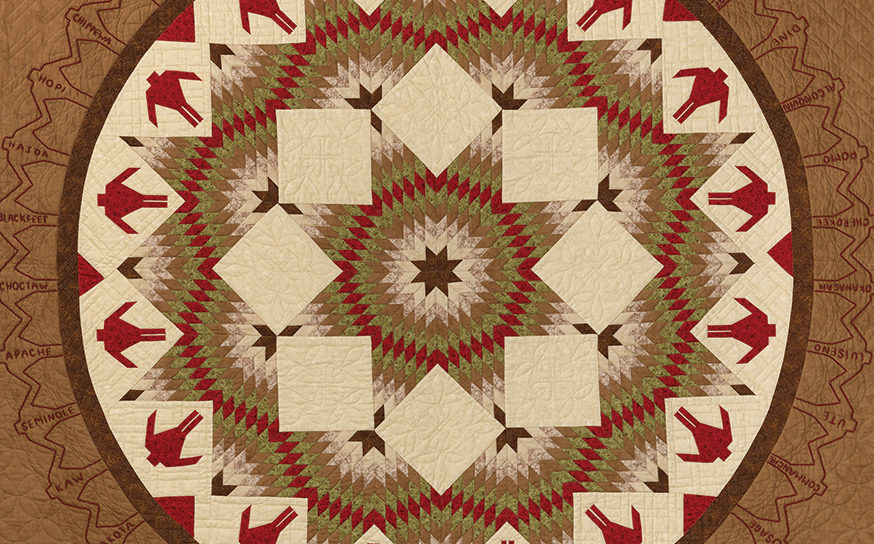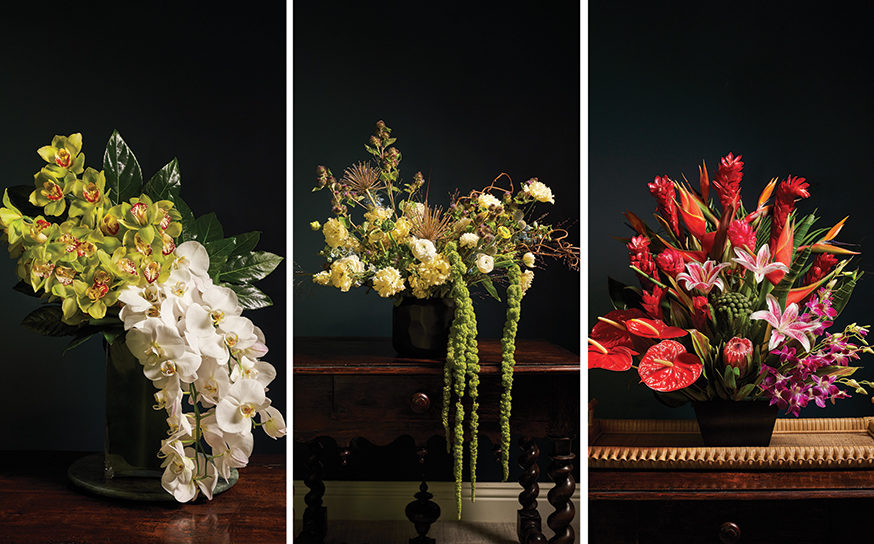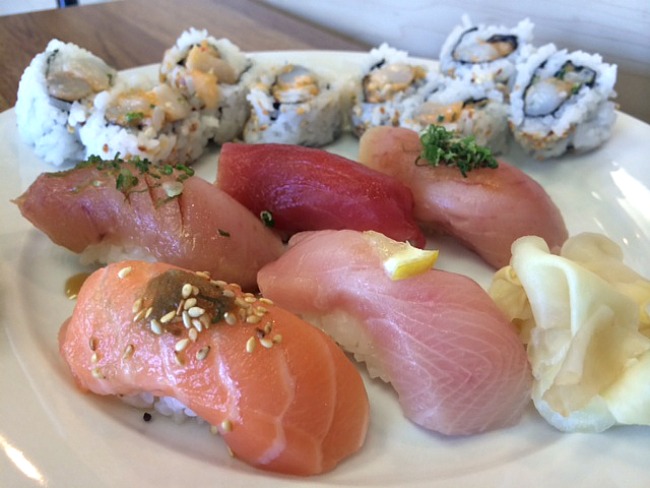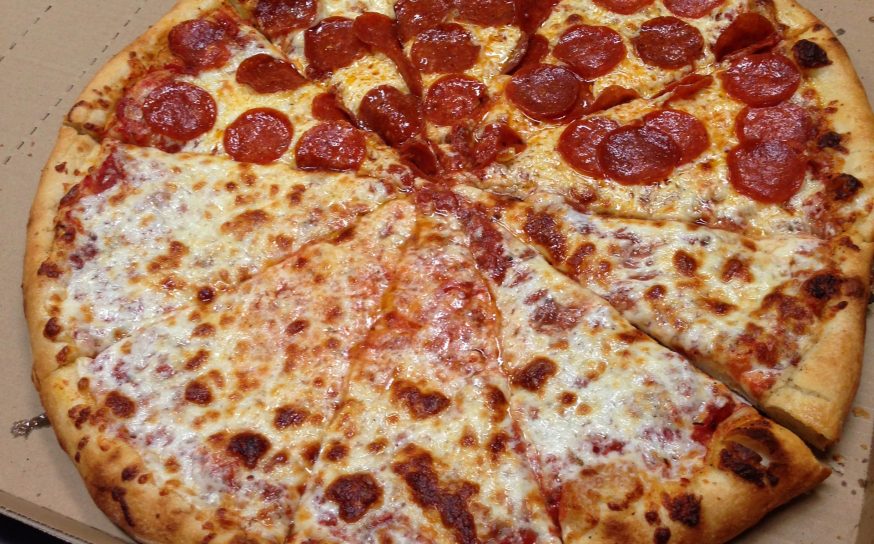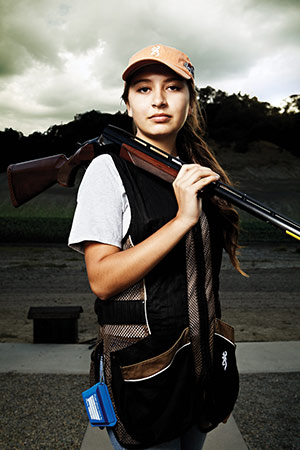
Loaded Issue
The recent spate of gun violence across the country brings the local debate over gun reform into sharp focus.
-
CategoryUncategorized
-
Written byStefan Slater
The San Fernando Valley can feel like a suburban bubble—one that’s isolated from issues and affairs that affect the rest of Los Angeles and even the state. But that isn’t the case with debate over gun reform.
Mass shootings at the Navy Yard in D.C., Santa Monica and Newtown, Connecticut —among others—are changing the way many Americans view firearms. And the call for stricter gun control measures on the state, as well as federal, level is louder than ever. And like most suburban communities, here in the Valley, there are passionate voices on both sides of the debate.
Some have had their lives forever altered by gun violence and have dedicated their lives to trying to prevent more tragedies. Others don’t want their constitutional rights and their ability to protect against criminals infringed. And still others fear gun reform will hamper recreational activities.
Yet as gun control opponents are quick to point out, the phrasing of the Second Amendment is somewhat ambiguous and archaic, leaving the issue of gun rights in the U.S. entirely open to debate.
The Gun Reform Movement
According to a report by the Institute of Medicine and the National Research Council, in 2007 there were an estimated 294 million firearms in the nation (a mix of mostly handguns, rifles and shotguns). Based on that estimate, the U.S. has the most guns per capita of any nation in the world. That roughly comes down to nine guns for every 10 people. The council also reported that the U.S. rate of firearm-related homicide is “19.5 times higher than the rates in other high-income countries.”
What’s hotly debated though, is whether the simple presence of guns—or the lack of strict gun measures on the federal level (coupled with irresponsible behavior and criminal elements)—is to blame for the high rate of firearm-related homicides. “Private ownership of guns is an absolute necessity to deter gun violence, not promote it,” says Gary Thomas, a retired Air Force pilot and West Point alumnus.
The Encino resident is a recreational hunter, but he also owns a pistol for home-defense. “If someone broke into my house, I’d need something to protect me and my family,” he shares.
During the 48 years that he’s lived in Encino, Gary says he has never had to use the firearm for protection, but it gives him and his family peace of mind. He’s also a firm believer that areas with a higher concentration of legal firearms are generally safer. He feels their mere presence, in a sense, acts as a deterrent to criminals.
When it comes to potential home invasion, his logic is simple but potent: “One guy’s armed and the other isn’t; which house are you going to go into?”
However, Hollye Dexter, the head of the San Fernando Valley chapter of Moms Demand Action for Gun Sense in America, sees a direct link between gun violence in the U.S and all the guns out on the street. And she says she takes each consequence personally. “When I saw what happened in Newtown,” says Hollye, “it was the most horrific flashback you can imagine.”
In 1978, Hollye was a teenager living in Encino when her 7-year-old little brother, Christopher, was shot in the head by a neighbor with a hunting rifle. “It completely shattered our way of life. One bullet completely destroyed a family and a community,” says Hollye.
The neighbor was a teenage boy who called Christopher over to his house to show off his father’s rifle. While it was deemed an accident, Hollye believes it was done maliciously.
She rushed with her family to the Tarzana emergency hospital and held her brother in her arms during the drive there. “He was just this little boy—a skinny little kid covered in blood and convulsing—it is a horrible, horrible nightmare that you never want anyone to experience,” says Hollye.
Moms Demand Action was formed in response to the Newtown incident, and Hollye reached out to the founder, Shannon Watts, to get involved. “We don’t want to control anyone’s rights, but there has to be some limit in terms of what a civilian can do,” says Hollye, who believes that our state’s laws, which are some of the strictest in the U.S., should be applied nationwide.
Research has shown that new California gun measures introduced over the last decade have helped decrease the rate of gun deaths in the state. Those rates dropped from 5,500 gun deaths in 1993 to 2,935 in 2010, according to the Law Center to Prevent Gun Violence. Key facets of California’s gun measures include a ban on magazines that contain more than 10 rounds, a ban on assault rifles of certain types and universal background checks for all firearm purchasers.
“We’re not against guns,” says Hollye. “We are about keeping dangerous guns out of the hands of dangerous people.”
Joshua Stepakoff also has firsthand knowledge of the dire consequences when firearms fall into the wrong hands. He is a survivor of the North Valley Jewish Community Center shooting in Granada, which occurred in the summer of 1999. “I remember everything except for that 30-second window where I actually got shot,” says Joshua, who was 6 years old when he was shot twice in the leg and hip during an attack on the center by a white supremacist named Buford Furrow, Jr.
Furrow, carrying a Glock semi-automatic pistol and a rifle, opened fire at the center, injuring five people (four of them children) before driving off and later killing a mail carrier. According to news reports, he wanted to give “a wake-up call to America to kill Jews.”
Joshua can recall running away from the gunman and hiding in a small, red schoolhouse outside the center with other children and staff members. The camp counselors covered him in blankets and pillows to hide his wounds from the other children.
“I remember lying on the floor and screaming at the top of my lungs, ‘Call 911, call 911,’” remembers Joshua.
Though Joshua survived, he is scarred—both physically and mentally. Currently a student at California State University, Northridge, he says he focuses much of his attention on his studies. But any time he hears of another shooting incident (such as the one that occurred at Santa Monica College in June), he’s immediately put on edge.
“It could happen anywhere,” states Joshua. “You’re not safe wherever you go.”
Joshua and his mother, Loren Lieb, are deeply involved with the gun reform movement here in California. The family participated in the original Million Mom March in Washington, D.C. in 2000, and both are active with the Brady Campaign and Moms Demand Action. Both view universal background checks and a ban on high-capacity magazines (more than 10 rounds) as being vital federal gun measures.
When asked if responsible gun owners might see stricter gun laws as punishment despite following the laws, Loren likens the situation to the heightening of airport security after the September 11 terrorist attacks. “One occurrence of that happening, and we’ve had to change our whole national approach to security on airplanes,” she says, adding that sacrifices must be made for the benefit of the greater good.
Joshua, on the other hand, sees things a bit differently: While he believes that background checks “should be a shoe-in,” he feels that compromises must be made between gun reform activists and those who are pro-Second Amendment. “I’m realistic about it.”

Joshua Stepakoff and Loren Lieb at their temple. The North Valley JCC, about a mile away, closed shortly after the shooting due to financial hardship.

California Junior Claybreakers Kendra Motoyasu, Brandy Napoli and Belen Coronado
The Firearm Culture
John Napoli is the president and head coach of the California Junior Claybreakers, a youth trap and skeet shooting team that often practices at Oak Tree Gun Club in Newhall. Skeet shooting involves using a shotgun to shoot clay disks (clay pigeons) that are flung into the air at speeds of up to 60 mph. Trap is similar—the main difference being that the disks are flung straight and away from the shooter, and the distances involved are usually farther.
“ vast majority of my kids don’t hunt,” says John. “They shoot only for pleasure; 95% of my kids don’t do anything but compete.” The children on his team are between the ages of 9 and 18, and he usually coaches between 25 to 35 children (both boys and girls) from the Valley and surrounding areas during the year.
“We take kids who primarily don’t fit other sports,” says John. Skeet and trap are incredibly mental sports, requiring a high level of personal discipline, concentration and visualization on behalf of the individual shooters.
“When they’re competing against adults on the same level, when the girls are competing equally with the boys, it boosts their self-esteem,” John points out. The sports, in his opinion, help teach the kids responsibility. They have to know how to handle their shotguns properly and safely. They also have to retain a C average or better to stay on the team.
“Everyone is on an equal playing field. Women do outstanding in the shooting sports,” says Kim Rhodes, a professional double trap and skeet shooter who practices at Oak Tree Gun Club. She is also a five-time Olympic medal winner and a six-time national champion.
For Kim, who began shooting when she was 10, shooting has had a positive impact on her life. “I found over the years that shooting teaches focus, discipline, responsibility and good sportsmanship.”
Both John and Kim believe that stricter gun measures could hamper competitive shooting sports in California. A proposed tax on ammunition in the state (Assembly Bill 187, which is meeting heavy resistance) could make competitive skeet and trap far too expensive for many shooters.
John points out that during an average competition, his family (who all shoot) can go through 1,200 rounds in a weekend. “Being an Olympic athlete,” says Kim, “I average between 500 and 1,000 rounds a day.”
Senate Bill 53 (which is gaining traction) is another issue of contention with the two shooters: The legislation proposes background checks on all ammunition sales, and shooters would also have to apply for an ammunition-purchasing license. Kim views any possible taxes on ammunition as unfairly limiting her and other shooting athletes’ ability to compete.
And in the end, both view stricter gun reform as a moot point when it comes to stopping criminals from acquiring guns. “Let’s face it: Criminals don’t care about laws,” states Kim.
No End in Sight
In light of the recent mass shootings, the debate over gun reform on the federal level will undoubtedly continue. In the Valley, as in the rest of the nation, the gun argument is deeply personal.
The recurring drumbeat of mass shootings plays in clear opposition to the time-honored American need to protect constitutional rights. It is protection that is at issue, but protection from whom and what remains at the heart of the debate.






